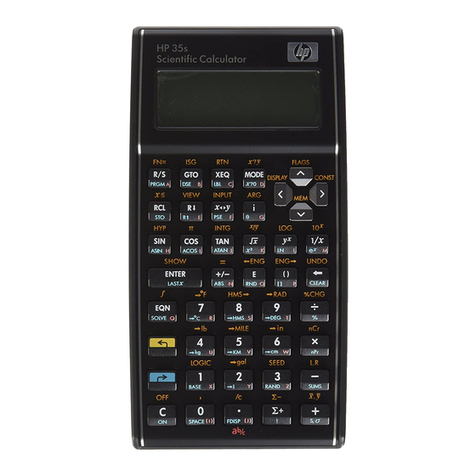
Heat / Cooling Meters Calculator Unit
PolluTherm can be combined with PolluFlow
Installation and Operating Instruction
MH 6114 INT PolluTherm, Page 2
The calculator unit PolluTherm is used for energy
consumption measurement in heating or cooling
systems, with water as the energy-carrying
medium. For applications with frost protection
additive in water, it is only possible to use
PolluTherm as uncalibrated non-MID conformed
device, and the correction factor for the K-factor in
this case can be programmed. This manual
describes the installation and operation of the
calculator unit PolluTherm. It contains important
information that shall be read by the end user of
this product
Contents
1. Technical Data..................................................2
3. Tools Required .................................................3
4. Combination of the Sub-assemblies.................3
5.1 Flow Sensor PolluFlow ...............................4
5.2 Installation of the Temperature Sensor.......5
5.3 Installation of the Calculator Unit ................5
6. Connection of the Sub-Assemblies ..................6
6.1 Connecting the Flow Sensor.......................6
Table 10: Connection diagram..........................7
6.2 Connecting the Temperature Sensor..........7
7. Display Options.................................................8
7.1 User Level (Example) .................................8
7.2 Due date Level (Example) ..........................9
7.3 Archive Level (Example) ...........................10
7.4. Service Level (Example) ..........................10
7.5 Control Level for Tariff Purposes (Example)
........................................................................11
7.6 Parameterization Level (Example)............11
8. Function Check, Sealing.................................12
9. Possible Error Situations ................................12
10. Data Interfaces and Options.........................13
10.1 Optical Interface......................................13
10.2 M-Bus Plug-In Module acc. to EN 13757-3
........................................................................13
10.3 Telecounting Plug-In Module ..................13
10.4 M-Bus Plug-In Module with Two Pulsed
Inputs ..............................................................13
10.5 USB Plug-In Module (for M-Bus slot)......14
10.6 LONWORKS®-FTT10A ...........................14
10.7 Inserting the Plug-In Modules into the
Calculator Unit.................................................14
10.8 Combined Heat / Cooling Meter (Order
Option) ............................................................14
10.9 Optional Integrated Data Logger (Order
Option) ............................................................14
10.10 Conversion of Battery Device to Power
Supply Device .................................................14
11. Note for Extending the Temperature Sensor
Cables.................................................................15
What is Included in the packaging:
Calculator unit PolluTherm (possibly with
temperature sensors and sleeves or ball
valve)
Sealing material (self-lock seals, locking
wire), cable-ties for strain relief
Attachment material (2 screws,
2 dowels, C-rails)
Installation and Operating Instruction
1. Technical Data
Calculator unit
Temperature measurement
range = 1 … 180 °C
Temperature differential
range ∆= 3 … 150 K
Switch-off limit 0.15 K
Measurement accuracy Better than (%):
± (0.5 + ∆min / ∆)
Updating time or
calculating cycles:
- Temperature
- Flow, output
- Energy, volume
2 sec
4 sec
4 sec (16 sec *)
* for battery operation
Optical data interface
Physical according to EN
61107
Data telegram according to
EN 13757-3
Suitable temperature
sensor
Pt 500
Connection in two or four-wire
system
Power supply
(there is the respective
calibration period)
Battery for 6 years
(optional: 11 years)
or power supply 230 V AC or
24 V AC
Electromagnetic
environmental condition Class E 1
Mechanical environmental
condition Class M 2
Protection class IP 54
Ambient temperature 5 … 55 °C
Storage temperature -20 … +65 °C
Relative air humidity < 93 %
Size (H x W x D)
regarding wall installation approx. 159 x 125 x 52 mm
Input
pulse value
in l
1
10
Display of the
calculator unit with
decimal points for m³,
MWh or GJ
00000.000 000000.00
Pulse value
for telecounting
of the heat quantity in
MWh or GJ
0.001 0.01
Pulse value
for telecounting
of the volume in l
1 10



























